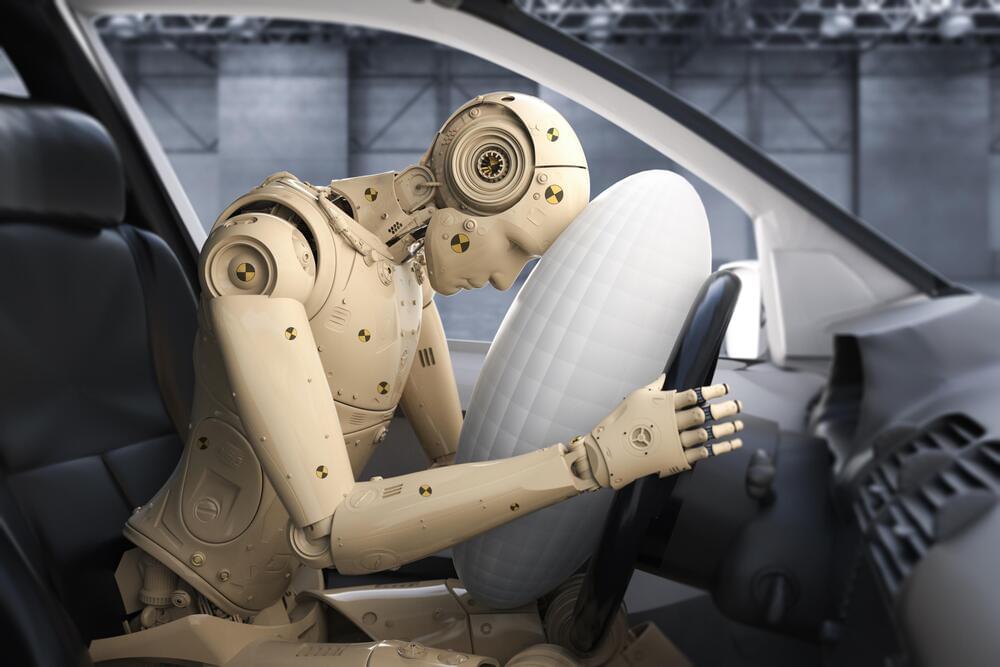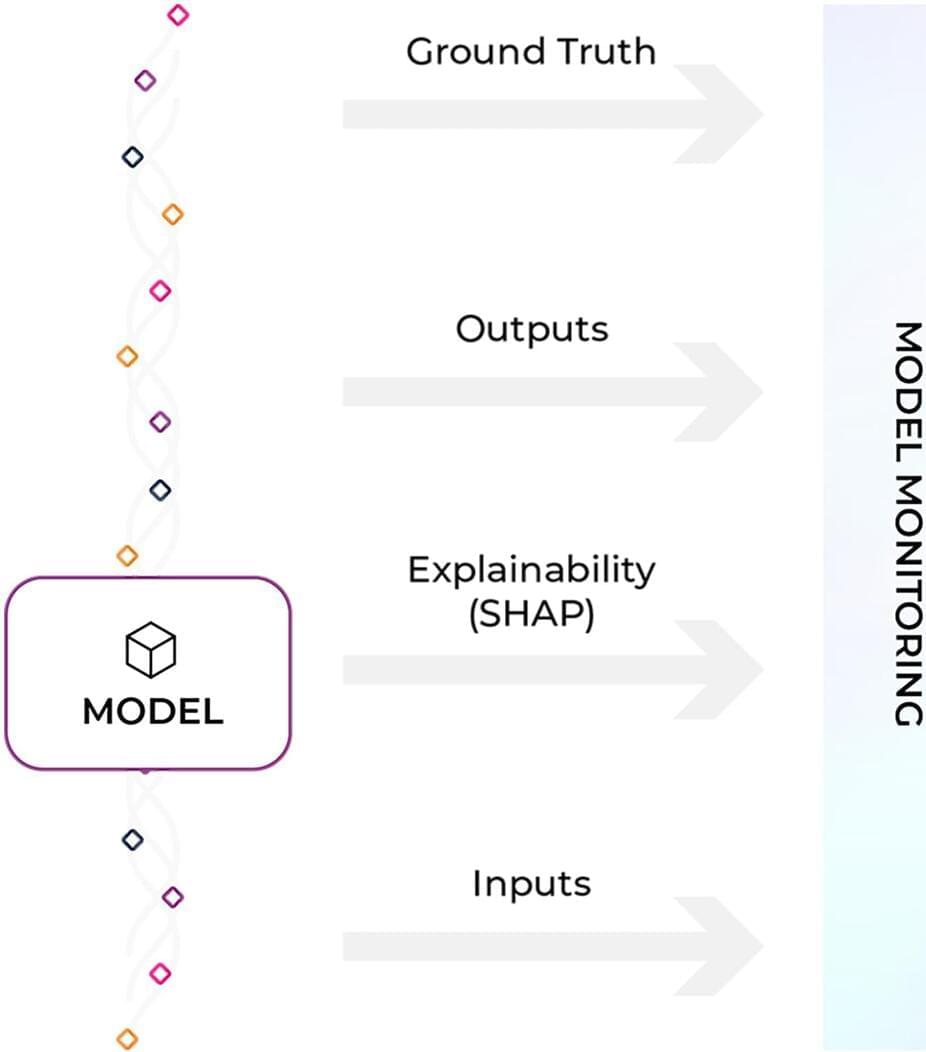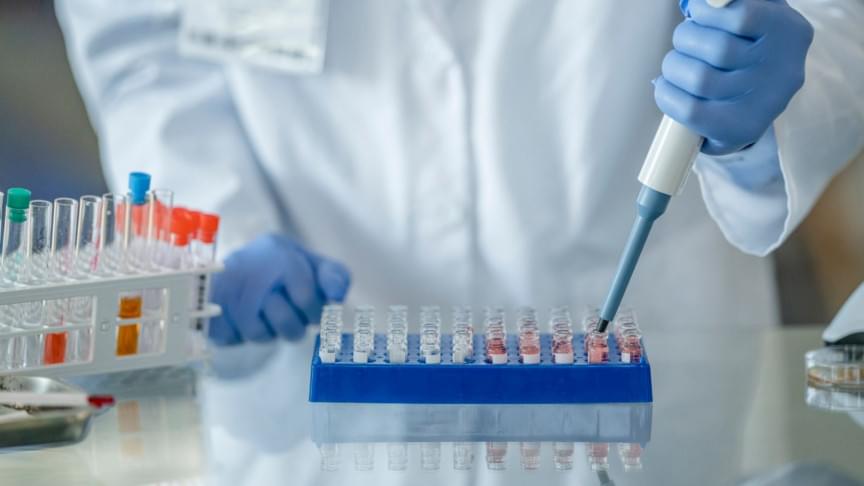Get the latest international news and world events from around the world.

It’s Official, No More Stick Shifts for Mercedes-Benz
Using an automatically-operated clutch.
New patent filings from Ford outline a design for a new type of manual box that only uses hand inputs and doesn’t require a clutch pedal to shift, a report from *The Drive* reveals.
With its new design, Ford aims to remove some of the negative associations drivers have with manual transmission vehicles, which has led some big automakers, such as Mercedes-Benz, to announce they will stop producing stick shift cars. ## An easier way to shift gears.
The patent, for a manual transmission with [an] electric clutch\.
Ford’s new patent filings show a new type of manual box design that only uses hand inputs and doesn’t require a clutch pedal to shift.

Don’t Let The Old Man In: How To Develop A Longevity Mindset And Fight Psychological Aging?
Overall, the results indicate that failure-oriented people are more likely to make poor health choices, presumably due to a lack of proper motivation. When looking at the cause of death for each author, results also showed a strong link between failure motivation and whether or not the death could be considered preventable.
As we can see from this study and many other similar studies, people who expect failure are generally less effective in maintaining good health habits. On the other hand, a positive outlook can play a powerful role in our health decisions. Healthy behaviors include regular exercise, good nutrition, an active lifestyle, and full compliance with medical advice., all of which require strong motivation to ensure we stay the course. A positive mindset also makes us avoid unhealthy activities such as drinking, smoking, and prolonged inactivity. People who develop a failure mindset, whether due to health setbacks, hopelessness, or a general sense of fatalism, often make lifestyle decisions that can undermine their overall health and, as a result, their longevity.
Full Story:
We often look at our parents and grandparents to predict how long we are going to live and how fast we are going to age. But technology is not standing still and you may benefit from adjusting your longevity expectations and developing a longevity mindset.

The Ethical Debate About Whether AI Ought To Warn You When The Self-Driving Car That You Are Riding In Is About To Crash
We’ve all likely had our share of car crashes over the years. Let’s trace the various published research underlying a somewhat simple but altogether crucial question, namely if you know that a crash is about to occur should you go limp or attempt to tighten and brace yourself. Turns out that the answer is complicated and often dependent upon the circumstances at hand. First, there is a popular assumption that you ought to let your body go loose or limp when an impending car crash is about to occur. Some claim that this ragdoll posturing will be advantageous. The purported logic is that we all know that a straight and narrow stick will presumably break and snap entirely when placed under intense pressure. As such, if you tense up, you are risking all manner of personal bodily damage. According to the sage wisdom of Confucius: “The reed which bends in the wind is stronger than the mighty oak which breaks in a storm.”
Full Story:
Quick, you are inside a self-driving car and it is about to get embroiled in a car crash, what should you do? And what should the AI driving system do? Tough questions, for sure.

What is Model Monitoring?
The AI revolution is here. Machine learning (ML) and artificial intelligence are used in virtually every industry today to revolutionize everything from reducing food waste to achieving better health outcomes. In all, IDC forecasts that global enterprise spending on AI will eclipse $204 billion by 2025.
Unfortunately, investments in needed infrastructure may not be keeping pace. Many enterprises are shipping AI blind or relying on outdated model monitoring approaches to catch issues with models in production.
In order to understand the scope of the problem and provide insights on potential solutions, Arize AI recently conducted a survey of 945 data scientists, engineers, executives, and others in the industry. The results speak to a distinct need for better tools to quickly visualize where and why problems are emerging and enable faster root cause analysis when models fail.


Electrical spinal implant helps paralysed man have child — BBC News
David M’zee was 22 when an injury damaged his spine, leaving him paralysed 12 years ago.
In 2017, an electrical implant to his spine enabled him to stand and walk slowly by boosting the nerve signals to his legs.
He uses the device for short periods to exercise his muscles and practise walking, and says that even when it’s not turned on, it’s brought such an improvement to his health that he’s been able to have a child.
Please subscribe HERE http://bit.ly/1rbfUog.
#BBCNews
The Evil Twins Of Technocracy And Transhumanism
This is the keynote presentation delivered to the 39th annual convention of Doctors for Disaster Preparedness in Tucson, Arizona on July 31, 2021. It is a detailed analysis of how Scientism is at the root of both Technocracy and Transhumanism, the historical case and the modern dilemma.
See also on Rumble: https://rumble.com/vkowl9-the-evil-twins-of-technocracy-and-transhumanism.html
James Webb Telescope Is FINALLY Proving Stephen Hawking’s MultiverseTheory!
Professor Stephen Hawking might have died before the James Webb Space Telescope finally launched. Still, due to the vast space legacy of the late physicist, many hours of the new space telescope will be dedicated to proving some of his theories! One of such theories is the very last one Hawking worked on before his death, in which he argued about a multiverse theory that implies an exact copy of you existed in a parallel universe! What is the multiverse theory, and will the James Webb Space Telescope finally prove Stephen Hawking’s multiverse theory?
Stephen Hawking died in 2018, missing the launch of the James Webb Space Telescope by more than three and a half years. That was thanks to multiple delays that pushed the launch date from between 2007 and 2011. It also gulped about 10 billion dollars, about ten times the initial budget. However, following a successful launch and deployment of its components, this powerful space telescope will undergo several months of calibrating and testing before settling down to work.
Thanks to the large 6.5 meter giant mirror that had to be folded during launch, the telescope will be able to peer into the atmospheres of planets outside our Solar System and peek through massive clouds of dust to watch the birth of new stars and planetary systems. JWST will be able to gather and reflect light from the early Universe. The Universe is thought to be around 13.8 billion years old, and JWST will be able to observe light from the earliest stars and galaxies, close to the Big Bang!
The JWST is an infrared telescope, meaning it uses infrared radiation to detect objects in space. It is able to observe celestial bodies, such as stars, nebulae, and planets that are too cool or too faint to be observed in visible light, that is, what is visible to the human eye. According to NASA, infrared radiation can also pass through gas and dust, which appear opaque to the human eye. This is different from the world-famous Hubble Telescope, which sees visible light, ultraviolet radiation, and near-infrared radiation. In order for the instruments aboard to work, they need to be kept at extremely cold temperatures,-370 degrees Fahrenheit or lower. The large sunshield protects the telescope from the heat of the sun and keeps the instruments cold.
According to a report conducted by an independent review board in 2018, there were 344 “single-point failures,” or steps that needed to work for the mission to succeed! However, the telescope was tucked inside the nose of an Ariane 5 rocket and launched safely from the European Space Agency’s Spaceport in French Guiana in December last year! It separated from the rocket after the launch and began unfolding. According to NASA, about 30 minutes after the launch, the first deployment took place as the solar panels unfolded so the telescope could get power from the sun!
Because of JWST’s capabilities, many astronomers are vying for time with the telescope. The Space Telescope Science Institute, which oversees science operations on Hubble and JWST, had sent out a call to astronomers for proposals on how they’d like to use James Webb, with 6,000 hours of observation time up for grabs! The lucky ones have now received approvals for their projects, and we look forward to the wealth of knowledge they will enrich us with! There is plenty of time for the JWST to unlock the deep secrets of the Universe, with about 20 years of operation guaranteed by the amount of fuel aboard the space telescope.
With the JWST safely delivered to its location about one million miles away from the earth, is it time to confirm one of Hawking’s most intriguing theories, the multiverse concept? The theory is special because it was the last one published by the professor! In fact, that final research from the sharp mind was submitted for publication just ten days before his death!
In the paper, titled “A smooth exit from eternal inflation?” which he co-authored with Thomas Hertog, a physicist at the Catholic University of Leuven in Belgium, Hawking laid out a theory on the origin of the Universe that might settle a few lingering questions. However, despite being his last work, the paper was actually a final look at one of his earliest theories. In fact, if the JWST eventually helps prove the existence of the multiverse, it will make the scientists behind it likely candidates for a Nobel Prize! However, since Nobel Prizes cannot be awarded posthumously, Hawking would be ineligible to receive it.